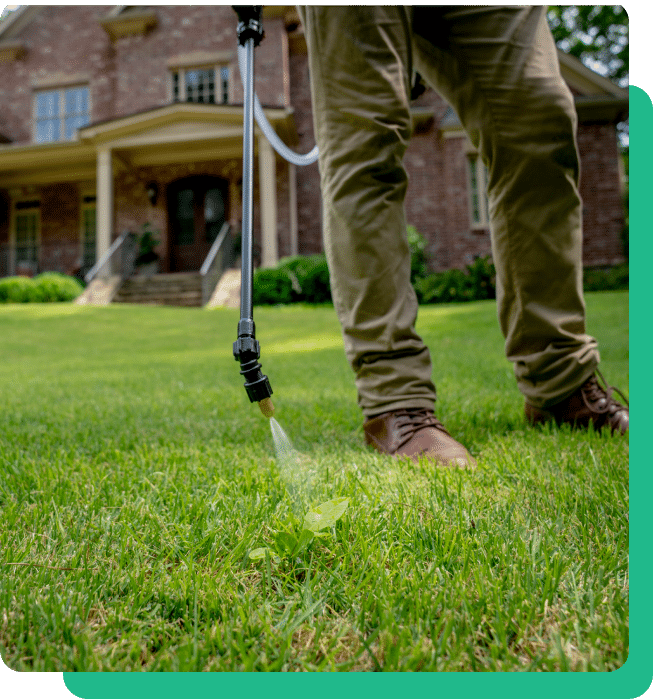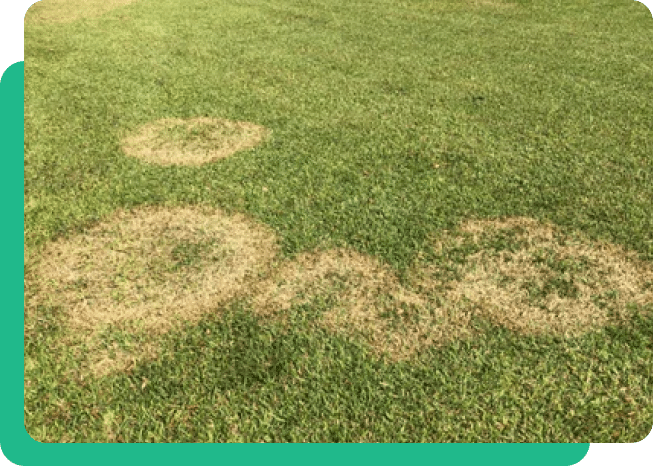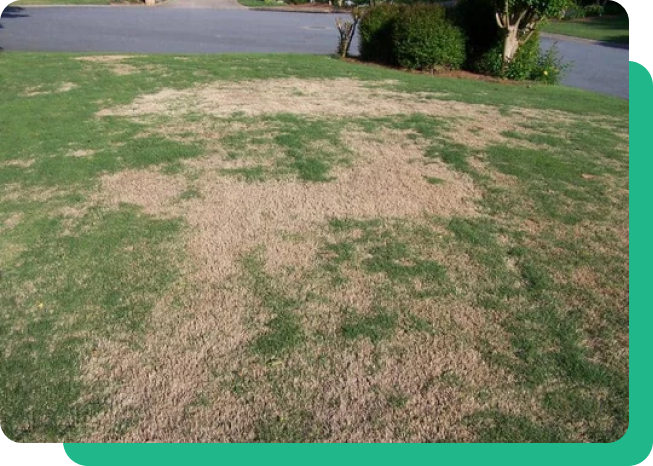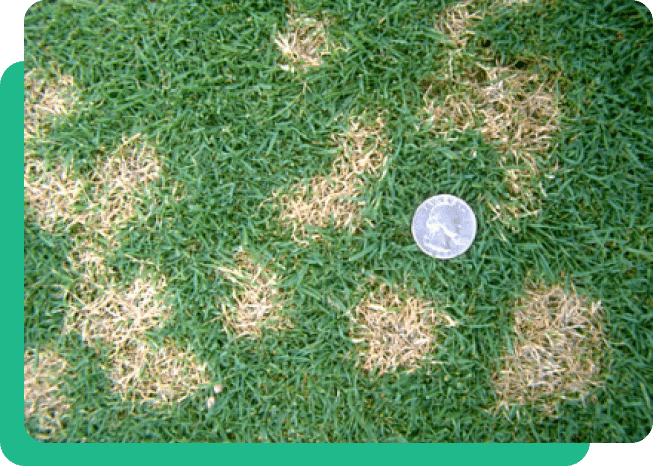The culprit might be lawn disease. At Yardsy, we specialize in diagnosing and treating lawn diseases to bring back the lush, green lawn you deserve.


This cool-season (fescue) lawn disease thrives in late spring and summer, especially in warm, humid conditions. It starts as small, circular brown spots that can quickly expand, sometimes forming rings of dead grass. If not prevented the cure comes in the fall with a fescue and seeding aeration in the fall.
Most active in early spring and fall, large patches spreads aggressively, creating huge, discolored areas, sometimes up to 25 feet wide. As warm-season grasses (zoysia) transition in and out of dormancy, they become more susceptible to this disease.


A common summertime lawn disease affecting all grass types, which causes small quarter sized, straw-colored patches and thrives in warm, humid conditions.
Irrigation and watering issues
Heavy foot or pet traffic
Frequent pet urine exposure
Insufficient sunlight

The easiest way to identify disease activity in your lawn is by looking for irregularly shaped patches or circles that appear discolored or off-color. These spots are often a clear sign of potential lawn disease.
No, Yardsy’s treatments are carefully formulated and applied to target specific areas, ensuring they won’t harm other plants or flowers in your yard.
This service can be combined with our regular turf applications, but it cannot be combined with aeration or topdressing treatments.
Yes, rain can shorten the duration of the treatment’s effectiveness. While the application is designed to withstand some weather conditions, heavy or consistent rainfall may reduce its overall efficacy.
Extreme heat with high humidity. Excess rainfall. (heat and moisture)
Yardsy accepts payments via debit or credit card, which can be conveniently processed through our Client Portal. We also offer a 5% discount for prepayments, helping you save while keeping your lawn in top shape!
Yes, our treatments are safe for pets once the product has completely dried. We recommend keeping pets and people off the treated areas until the grass is dry, which typically takes a few hours depending on weather conditions.